Wiley 978-0-470-52801-3 Datasheet
- Category
- Software manuals
- Type
- Datasheet
Wiley 978-0-470-52801-3
This product is a comprehensive guide to effectively utilizing the features and capabilities of your newly acquired device. The manual provides clear and concise instructions for setting up, configuring, and operating the device's various functions.
Through its user-friendly format, the manual empowers you to explore the device's potential and leverage its capabilities to enhance your productivity and streamline your workflow. Whether you're a seasoned tech enthusiast or a novice user, this guide will equip you with the knowledge and expertise to unlock the full potential of your device.
Wiley 978-0-470-52801-3
This product is a comprehensive guide to effectively utilizing the features and capabilities of your newly acquired device. The manual provides clear and concise instructions for setting up, configuring, and operating the device's various functions.
Through its user-friendly format, the manual empowers you to explore the device's potential and leverage its capabilities to enhance your productivity and streamline your workflow. Whether you're a seasoned tech enthusiast or a novice user, this guide will equip you with the knowledge and expertise to unlock the full potential of your device.




















-
 1
1
-
 2
2
-
 3
3
-
 4
4
-
 5
5
-
 6
6
-
 7
7
-
 8
8
-
 9
9
-
 10
10
-
 11
11
-
 12
12
-
 13
13
-
 14
14
-
 15
15
-
 16
16
-
 17
17
-
 18
18
-
 19
19
-
 20
20
-
 21
21
-
 22
22
-
 23
23
-
 24
24
-
 25
25
-
 26
26
-
 27
27
-
 28
28
Wiley 978-0-470-52801-3 Datasheet
- Category
- Software manuals
- Type
- Datasheet
Wiley 978-0-470-52801-3
This product is a comprehensive guide to effectively utilizing the features and capabilities of your newly acquired device. The manual provides clear and concise instructions for setting up, configuring, and operating the device's various functions.
Through its user-friendly format, the manual empowers you to explore the device's potential and leverage its capabilities to enhance your productivity and streamline your workflow. Whether you're a seasoned tech enthusiast or a novice user, this guide will equip you with the knowledge and expertise to unlock the full potential of your device.
Ask a question and I''ll find the answer in the document
Finding information in a document is now easier with AI
Related papers
-
 Wiley 978-0-7645-7400-9 Datasheet
Wiley 978-0-7645-7400-9 Datasheet
-
 Wiley 978-0-470-41596-2 Datasheet
Wiley 978-0-470-41596-2 Datasheet
-
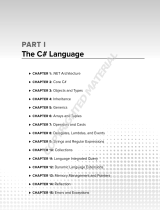 Wiley 978-0-470-50225-9 Datasheet
Wiley 978-0-470-50225-9 Datasheet
-
 Wiley 978-0-470-12472-7 Datasheet
Wiley 978-0-470-12472-7 Datasheet
-
 Wiley 978-0-470-19137-8 Datasheet
Wiley 978-0-470-19137-8 Datasheet
-
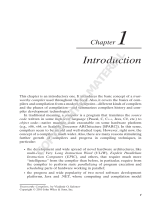 Wiley 978-0-470-50095-8 Datasheet
Wiley 978-0-470-50095-8 Datasheet
-
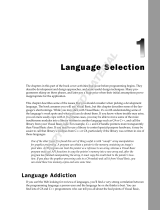 Wiley 978-0-470-05341-6 Datasheet
Wiley 978-0-470-05341-6 Datasheet
-
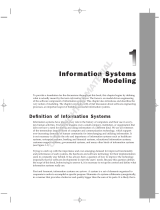 Wiley 978-0-470-48163-9 Datasheet
Wiley 978-0-470-48163-9 Datasheet
-
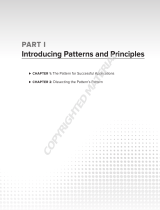 Wiley 978-0-470-29278-5 Datasheet
Wiley 978-0-470-29278-5 Datasheet
-
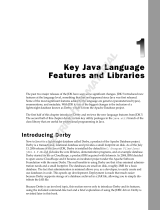 Wiley 978-0-471-77710-6 Datasheet
Wiley 978-0-471-77710-6 Datasheet
Other documents
-
 EVERFI Educator User manual
EVERFI Educator User manual
-
 Learning Resources , Inc. Telephone Accessories LER 0935 User manual
Learning Resources , Inc. Telephone Accessories LER 0935 User manual
-
Avermedia AVerVision CP Series Quick Manual
-
 Cables Unlimited ZIP-PWR-X2 Datasheet
Cables Unlimited ZIP-PWR-X2 Datasheet
-
Hasbro 30084 User manual
-
For Dummies 978-0-470-56348-9 Datasheet
-
Microsoft Computer Accessories 9GD00001 User manual
-
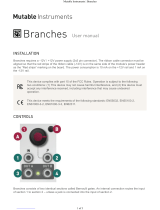 Mutable Instruments Branches User manual
Mutable Instruments Branches User manual
-
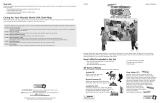 Educational Insights Wonder World USA Product Instructions
Educational Insights Wonder World USA Product Instructions
-
MACROMEDIA FLASH 8-ACTIONSCRIPT 2.0 LANGUAGE Reference










































